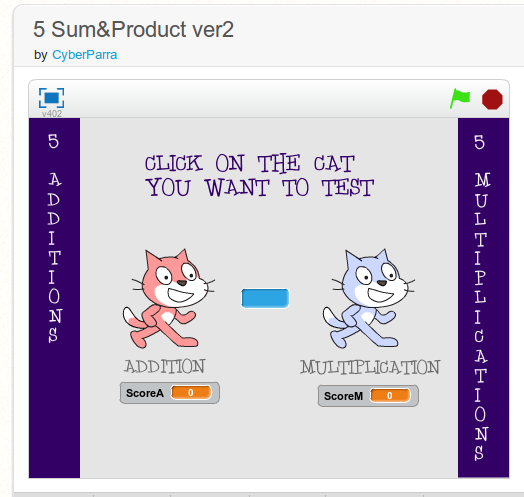I'm interested to hear the types of learning objectives you're particularly interested in, as Scratch can be used to support a variety of concepts and practices (for example, developing persistence and problem-solving skills; learning to create dynamic models of concepts from other subject areas--or for specific computational and math concepts, such as x-y coordinates or variables).
I wonder if you've seen the ScratchEd site, which includes a range of resources, including educators' stories and a draft curriculum guide? Also, as part of a creative computing online workshop they hosted last spring, they posted a series of Scratch nuts and bolts videos.
Interested to hear your thoughts and suggestions...



 >
>

